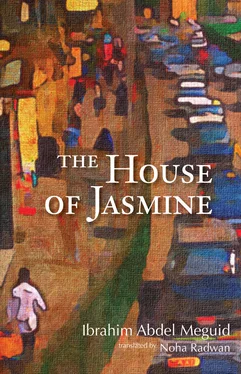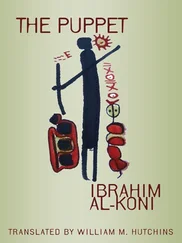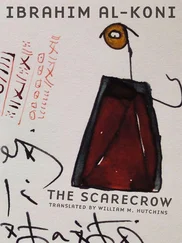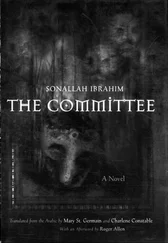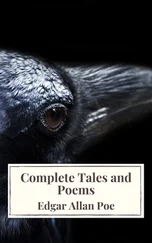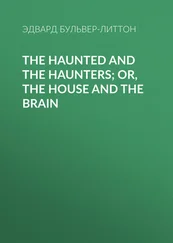The Sadat era was the precursor of Mubarak’s rule, for, unlike Sadat, who reversed the general direction of his predecessor’s policies, Mubarak followed in the footsteps of Sadat and continued many of his policies and practices throughout his thirty years of government. Readers of this English translation will be reminded of the rallies of “Mubarak supporters” that poured into the streets of Cairo after his maudlin speech on February 1, 2011, supposedly without promise of compensation, to counter Tahrir Square revolutionaries who continued to insist that Mubarak step down. They will be bemused at the way the state-sponsored media in 2011 attributed the anti- Mubarak protests to “hostile forces” and foreign provocateurs, almost exactly reproducing Sadat’s official discourse on the 1977 bread riots.
Readers will also find that Shagara’s account of his participation in the 1977 demonstrations could have been excerpted from any number of the accounts of the millions of Egyptians who participated in the 2011 demonstrations. It tells of the same feeling of unity that the protestors experienced in 2011. It recounts the violence initiated by the Central Police, and even includes many of the same slogans, chanted in 1977 and again more than thirty years later, calling for freedom, social justice, and a government that does not forge or falsify the attitudes and aspirations of the people.
Stendhal once wrote that “politics in the middle of things of the imagination is like a pistol shot in the middle of a concert,” yet Abdel Meguid’s novella empties its gunload of politics into the narrative without disrupting its harmony or detracting from its merit as a work of literature. This is largely due to Shagara’s narrative voice. Shagara has a good sense of humor, and the reader easily identifies with his shyness, sadness, and frustration, and with his modest wishes for a place to call home with a wife and child. His narration is often funny and never encumbered by political ideology or discussion, perhaps because he simply does not have any, but is only trying to make sense of a world that is rapidly changing and growing uglier by the day. He searches for simple beauties, a female face, a memory of a childhood romance, the scent of jasmine, and other small and fleeting pleasures. He is also disarmingly honest and often acts and speaks on impulse rather than after any serious deliberation.
The reader can partake of Shagara’s bewilderment at a world he barely understands through the vignettes presented at the beginning of every chapter. These vignettes are independent of the main narrative and of each other, but are not unrelated. We may wonder whether the naked blond woman who comes back to life after being hauled out of the canal in a sack, and who then is futilely chased by the locals, represents President Nixon’s promises of prosperity. Or whether the drunken dogs who proved faithful to their dead owner and his anti-imperial slogan are a contrast to President Sadat’s government, which reversed Nassir’s socialist and non-alliance policies only a few years after his death. We may wonder long and hard and not arrive at a definitive interpretation. Yet while we wonder, we will also be laughing. In our puzzlement and laughter, we will be very close to our protagonist, Shagara Muhammad ‘Ali.
I wish to thank Mark Pettigrew and Jim Saliba for their helpful suggestions and edits to this translation. I am also deeply grateful to Hilary Plum at Interlink Publishing. Working with Hilary has been a pleasure and has certainly made this novel a better read. Thank you.
Noha Radwan
